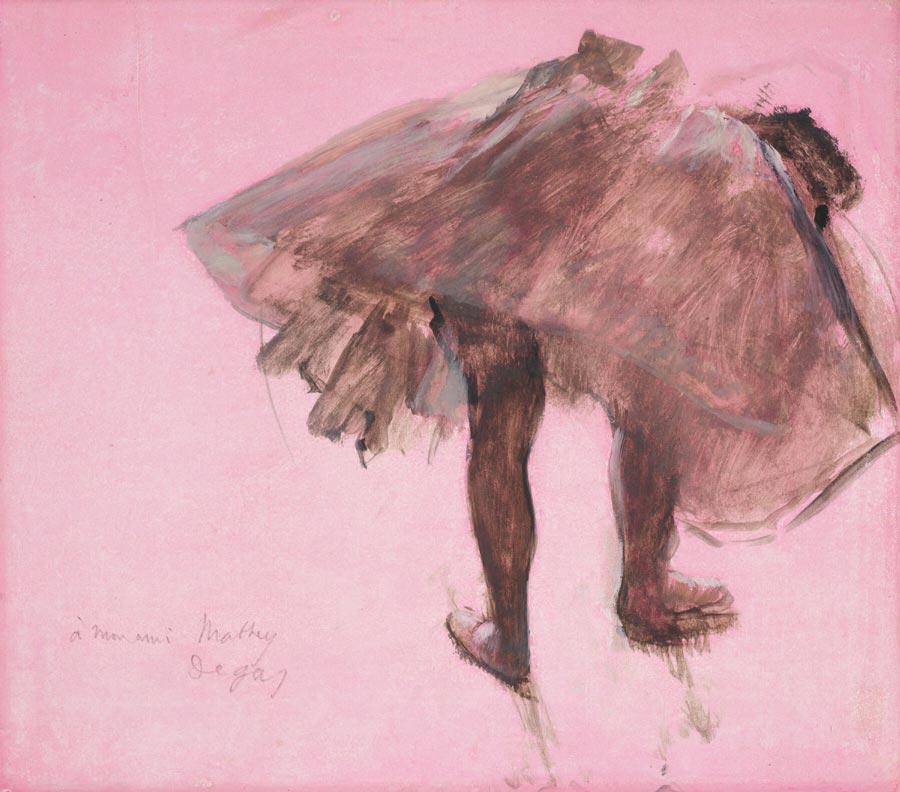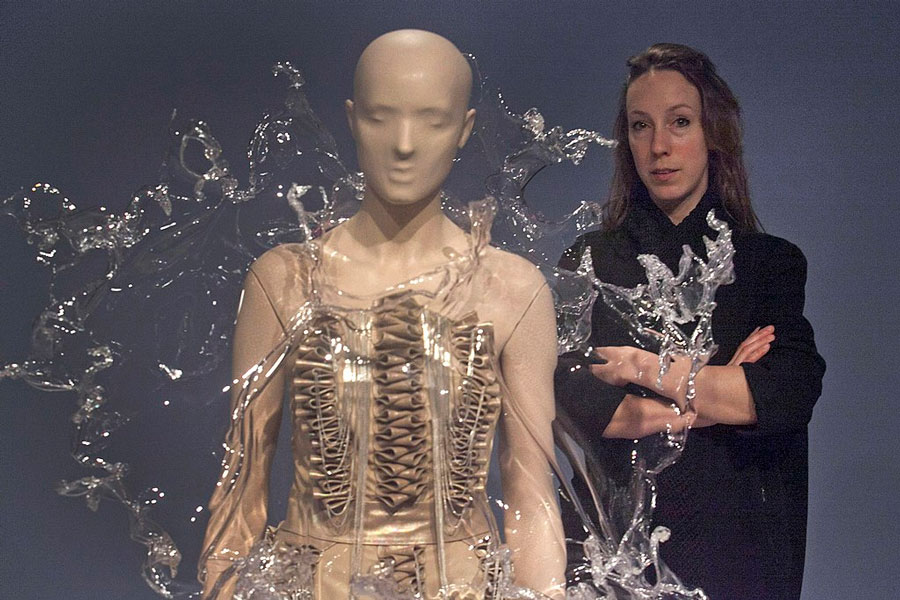Impressionists on Paper at the Royal Academy

From November 25, 2023, to March 10, 2024, the Royal Academy in London presents the exhibition “Impressionists on Paper: Degas to Toulouse-Lautrec”
Source: Royal Academy of Arts · Image: Edgar Degas, “Dancer Seen from Behind”, 1873
The exhibition explores how Impressionist and Post-Impressionist artists in late 19th -century France radically transformed the status of works on paper. During this period, drawings, pastels, watercolours, temperas and gouaches were increasingly perceived as more than just preparatory techniques, and became autonomous works of art, claiming a shared aesthetic with painting. Featuring around 80 works on paper, by artists including Mary Cassatt, Paul Cézanne, Edgar Degas, Paul Gauguin, Eva Gonzalès, Claude Monet, Berthe Morisot, Odilon Redon, PierreAuguste Renoir, Georges Seurat, Henri de Toulouse-Lautrec and Vincent van Gogh, amongst others, the exhibition focuses on this crucial shift in how these works were viewed.
The avant-garde artists known as the Impressionists came to prominence during the late 1860s and early 1870s, first exhibiting in Paris as a group in 1874. They shared a concern to depict scenes from everyday life and to address contemporary issues, which encouraged them to challenge traditional attitudes to drawing and seek innovation. Vivid colour, a quick, loose touch, and daring viewpoints, together with a deliberate lack of finish, were their means of capturing the fugitive effects of nature as well as vignettes of modern life. Moreover, the portability of drawing materials greatly facilitated direct observation and the recording of scenes on the spot. The eight Impressionist exhibitions, held in Paris between 1874 and 1886, included a large number of works on paper and reflected their shift in status. This was also encouraged by dealers who recognised the economic advantage of exhibiting and selling works on paper.
The exhibition opens with works from the early years of Impressionism (the 1860s and 1870s), including Degas’ enigmatic “Woman at a Window”, 1870-71 (The Courtauld, London (Samuel Courtauld Trust)), executed in essence (oil paint diluted with turpentine), and a delicate study in pastel by Gonzalès, entitled “The Bride”, 1879 (Private collection). The exhibition continues with an examination of the 1880s, when the Impressionists held their last group exhibition in Paris. Works in this section include van Gogh’s “The Fortifications of Paris with Houses”, 1887 (The Whitworth, The University of Manchester), combining graphite, chalk, watercolour and gouache, and one of Monet’s luminous landscapes in pastel, “Cliffs at Etretat: The Needle Rock and Porte d’Aval”, c.1885 (National Galleries of Scotland, Edinburgh). The exhibition concludes with works from the 1890s and 1900s, which saw an ever-growing appreciation of works on paper and a proliferation of exhibitions of the medium. It was also a golden age of pastel, exemplified in Degas’ “Dancers on a Bench”, c.1898 (Glasgow Life Museums, Glasgow), one of his last renderings of a ballet scene. The final section also includes examples of Cézanne’s meditative watercolours, Toulouse-Lautrec’s indelible images of the urban underworld of Montmartre and Redon’s glowing poetic reveries.
Follow us on:

